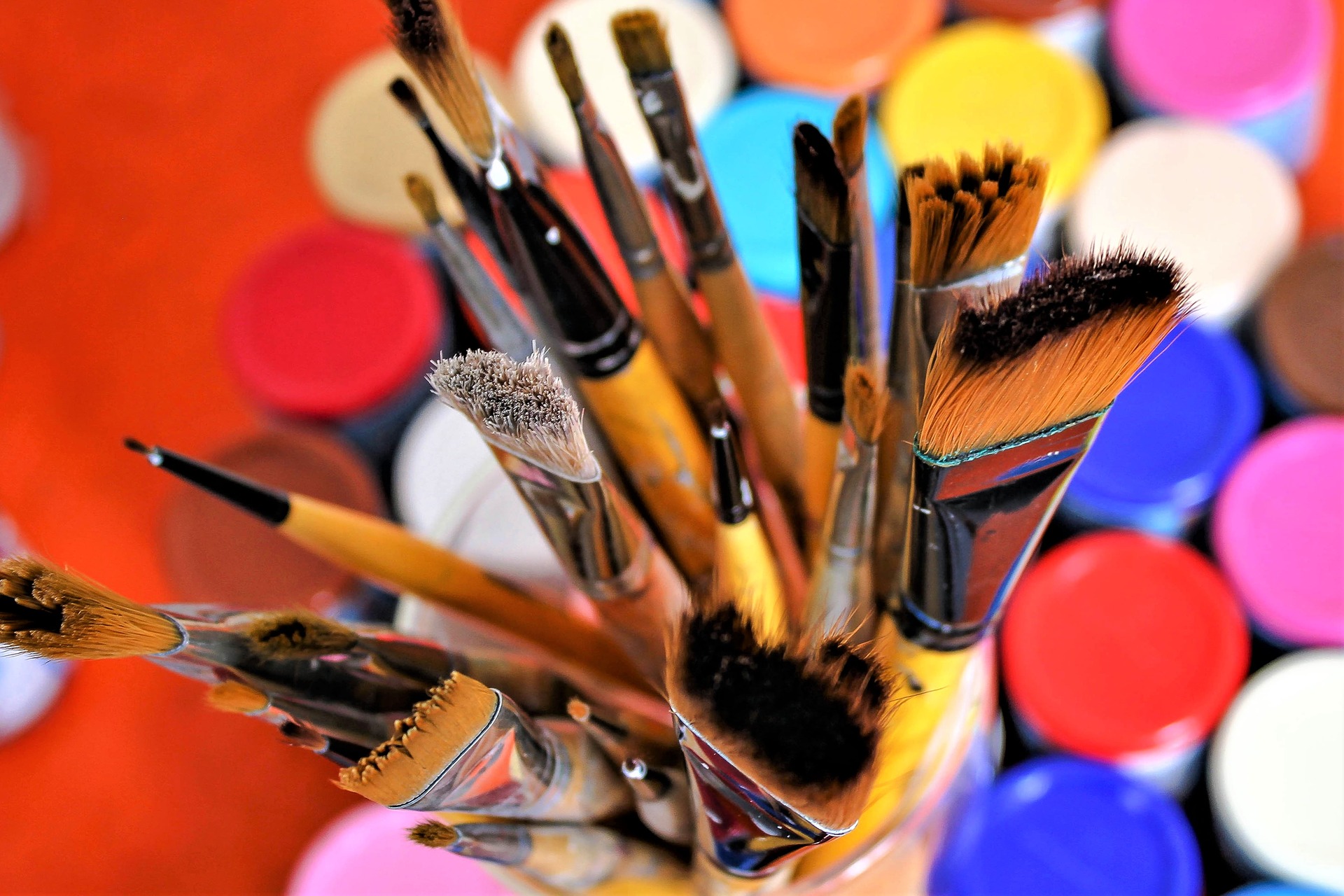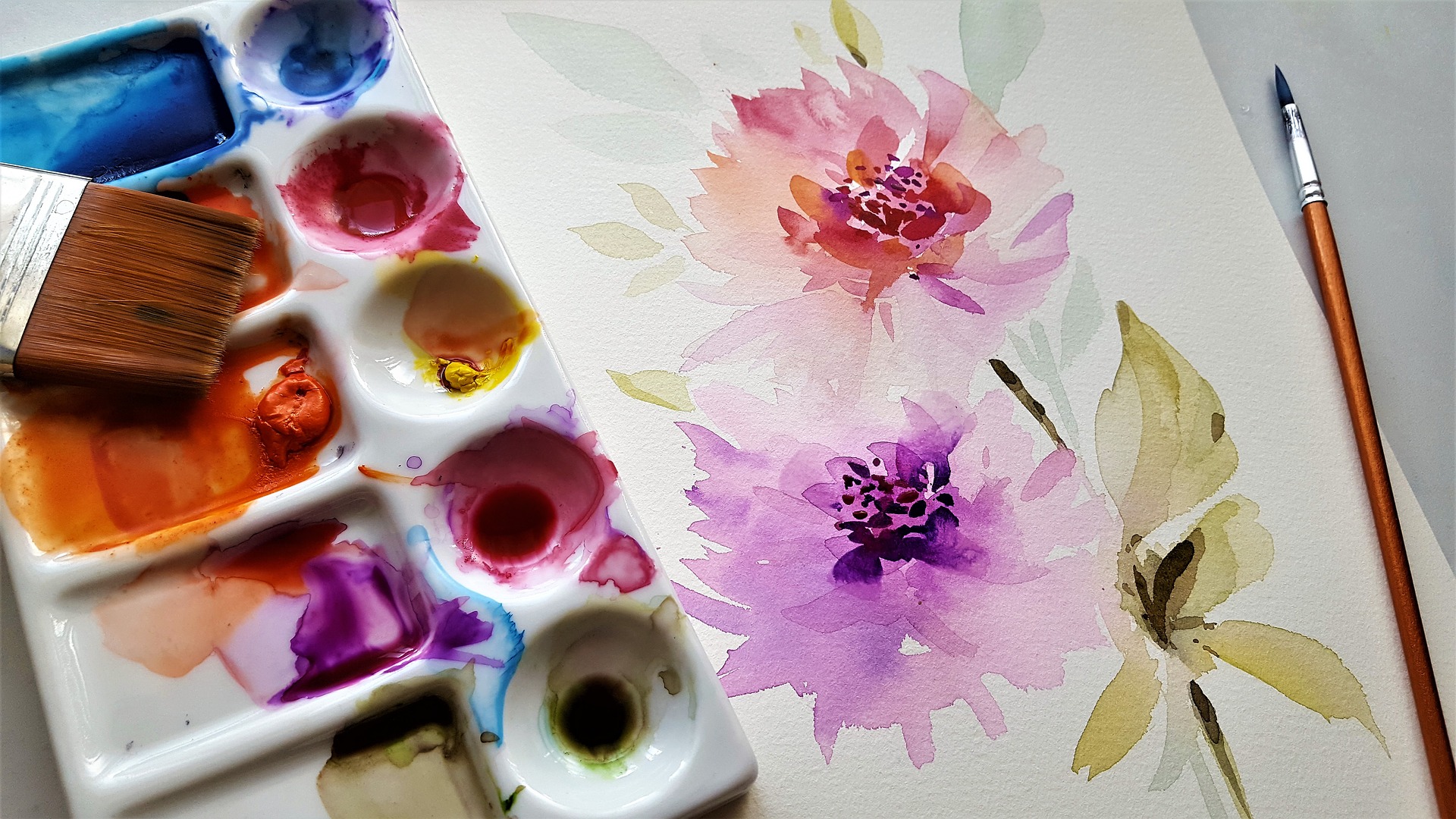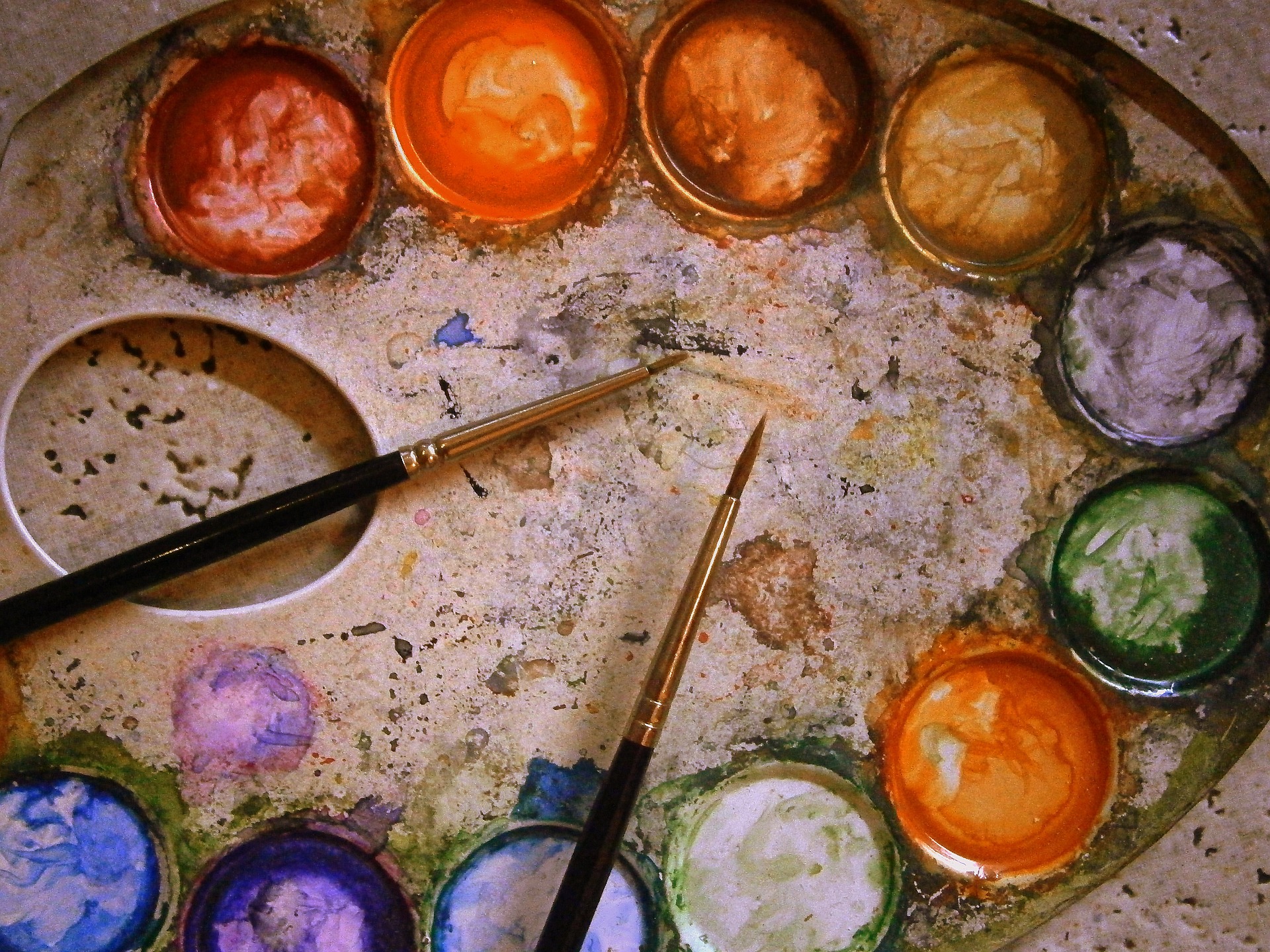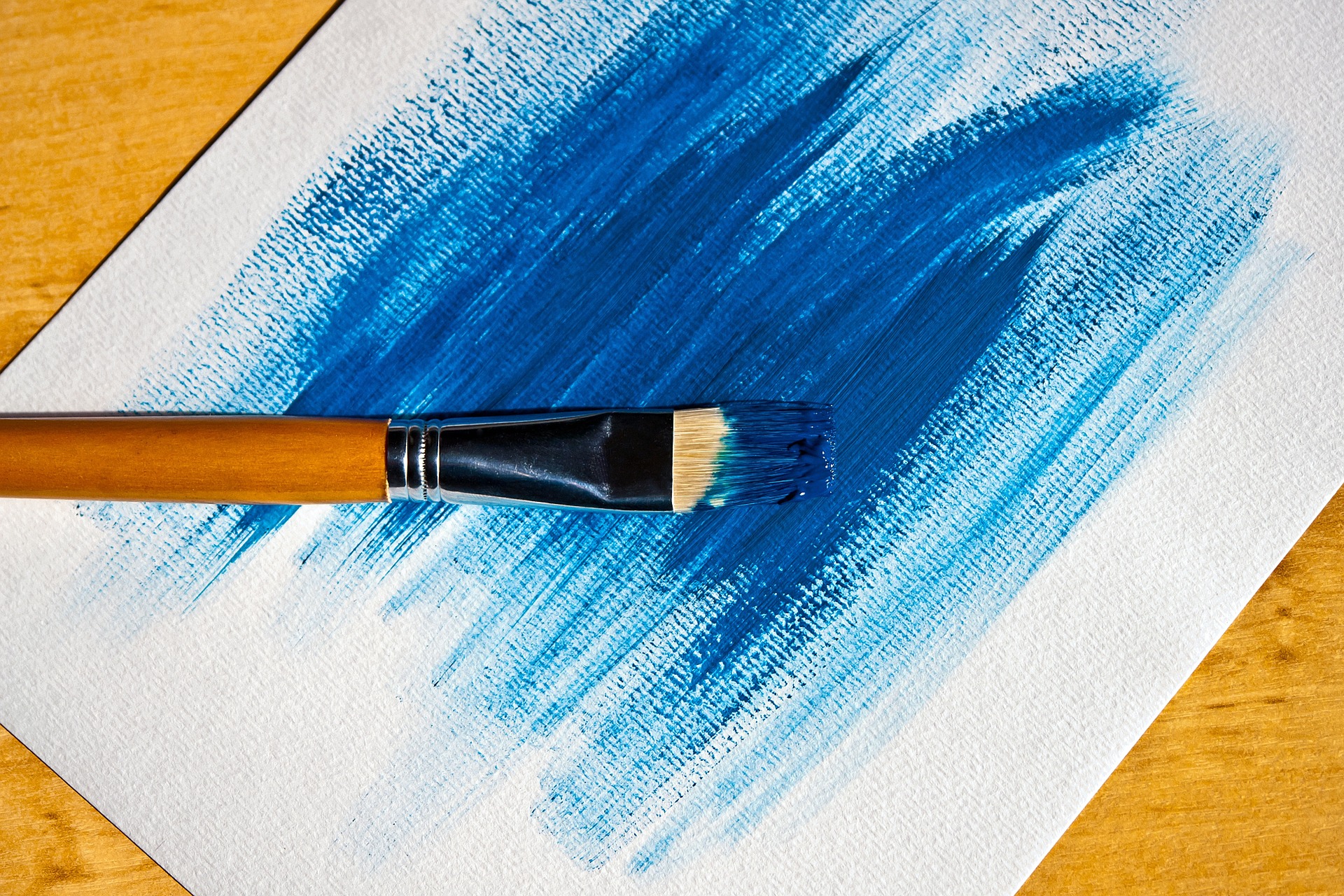With packaging which proclaimed”every individual that a” paint-by-numbers kits were derided by ethnic critics.
Dan Robbins, a business artist, and enthusiastic Sunday painter masterminded paint-by-numbers kits in the early 1950s. Situated from the automobile mecca of Detroit, he even got his start running for H.B. Stubbs Co., a subcontractor of all General Motors, that produced its legendary “Motorama” displays at Chicago’s Museum of Industry and Science. In addition, he worked for Chevrolet’s craft section, creating decoration for internal reverse graphs and inspirational substances.
 Even the provider’s creator, Max Klein, had awarded Robbins a mission sell paint. His solution has been painting numbers. The experience tapped into the post-apocalyptic American public’s newfound free period. With the war and a fast-paced market bolstering their wellbeing, Americans detected both energy and time to spend on hobbies.
Even the provider’s creator, Max Klein, had awarded Robbins a mission sell paint. His solution has been painting numbers. The experience tapped into the post-apocalyptic American public’s newfound free period. With the war and a fast-paced market bolstering their wellbeing, Americans detected both energy and time to spend on hobbies.
With his understanding of the way you can build a succinct article by layering and organizing colors, he invented an approach to simplify the procedure. To build each apparel, he painted a distinctive art. He set a plastic sheet, upon which he summarized its own forms and contours, assigning a few and accompanying color to every one of these. In this manner, paint numbers have been created.
The very first paint-by-numbers apparel which Robbins suggested to Klein riffed on the age’s movement, with an item named Abstract No. 1. However, abstraction has proven to be marketable compared to landscape, still life, and figuration, and also the paint company fast veered into a more conventional direction.
Some were even somewhat more technical than many others, allowing more challenging amateurs room for growth; fittings for novices could possibly experience 20 colors, for example, while places for more complex level professionals offered 30 to 40.
 Americans took the lure, also in 1955 independently, they bought 20-million paint-by-numbers kits, flooded homes throughout the country with paintings that were amateur. “Paint by numbers has been viral until there is more a viral,” remembered Jump Davis, a graphic designer who’s also a devoted collector of all paint-by-numbers kits. “It was larger than hula-hoops and bigger than television dinners.”
Americans took the lure, also in 1955 independently, they bought 20-million paint-by-numbers kits, flooded homes throughout the country with paintings that were amateur. “Paint by numbers has been viral until there is more a viral,” remembered Jump Davis, a graphic designer who’s also a devoted collector of all paint-by-numbers kits. “It was larger than hula-hoops and bigger than television dinners.”
At the moment, fans gushed in their new found hobby into favorite magazines such as American Artist: “Why not personally or someone else tells me earlier this just how much pleasure it’s by using these lovely paint by number’ collections?” Said a single particular unidentified enthusiast. “[I]’m on my fifth group and simply can not leave them .”
Paint-by-numbers canvases made their way to the White House; even President Eisenhower’s presidential interview secretary, Thomas Edwin Stephens, built a bunch of those bits made by government officials.
Other replies to this booming pastime were flattering. On the opposite side of the debate, one unidentified politician wrote a separate invective at American Art: “I really don’t understand exactly what America is coming into, when tens of men and women, a number adults, are somewhat prepared to become regimented into cleaning paint on the jigsaw miscellany of ordered contours and by rote.
 The burgeoning movement appropriated paint numbers as being a comment on the commercialization and commodification that identified 1950s popular culture.
The burgeoning movement appropriated paint numbers as being a comment on the commercialization and commodification that identified 1950s popular culture.
Because of his role, Robbins did not participate in the controversy. “I really don’t believe daddy ever really got overly involved in the straight back and on of if paint-by-numbers was believed not,” his son, Larry Robbins, remembered. “This gave a person who’d do not have the possibility to paint a gorgeous picture the occasion to have art”
Using a balanced Reaction. “I never assert that custom paint by number will be still art,” he also wrote. However, in addition, he celebrated his creation’s capability to present art to the masses: “It’s the adventure of art, also it brings that experience to the person who’d normally not pick a brush-up, perhaps maybe not dip it into the paint,” he continued. “That is exactly what it really does.”




